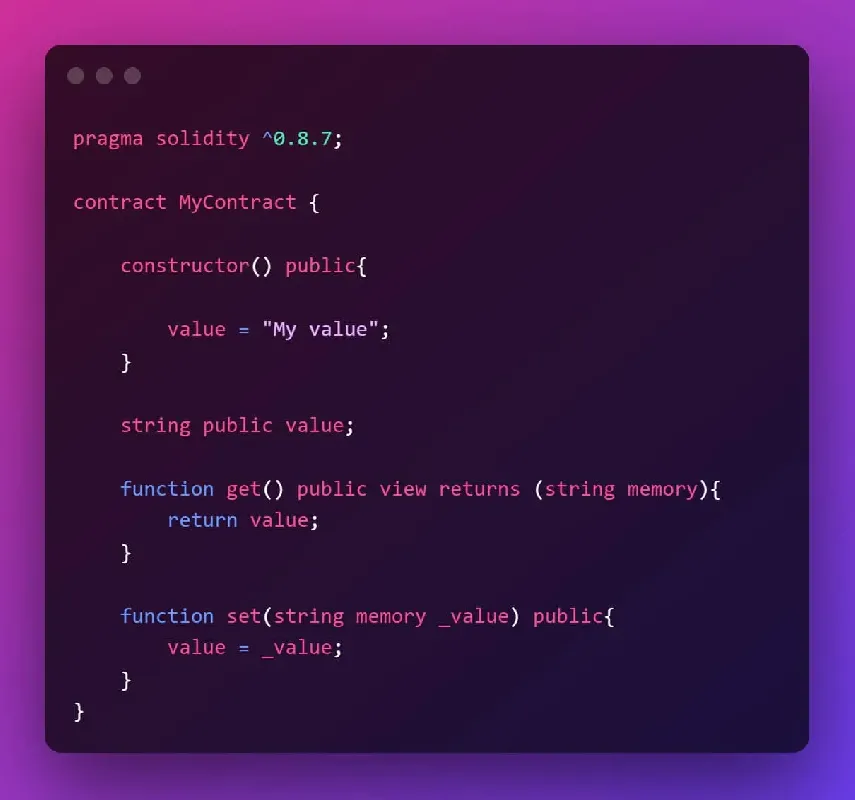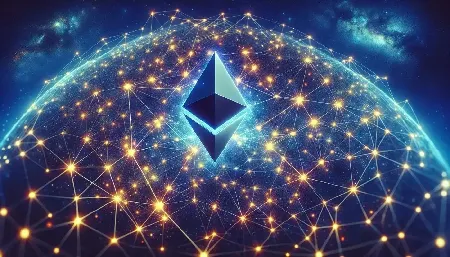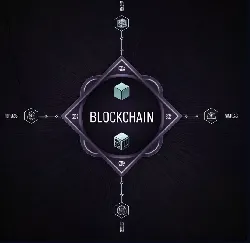What is Solidity?

Solidity is a high-level, object-oriented programming language specifically designed to build smart contracts that run on the Ethereum Virtual Machine (EVM). First introduced in 2014, Solidity has since become the most widely adopted language in the blockchain ecosystem, especially for Ethereum-based applications.
At its core, Solidity enables developers to create self-executing contracts with built-in rules and conditions. These contracts are deployed on the Ethereum blockchain, where they operate transparently and autonomously—without the need for third-party intermediaries.
✅ According to industry estimates, over 90% of smart contract development is currently done using Solidity.
Why Solidity Matters in Blockchain Development
In the world of blockchain, where trust is coded rather than assumed, Solidity serves as the backbone for decentralized applications (dApps), automating everything from token creation and DeFi protocols to NFT platforms and DAOs.
Solidity is especially powerful for Ethereum developers because it:
-
Is designed exclusively for Ethereum
-
Compiles directly into EVM-compatible bytecode
-
Supports advanced features like inheritance, libraries, and user-defined types
-
Offers a growing ecosystem of frameworks and developer tools
Key Features of Solidity Smart Contracts
When you write a smart contract in Solidity, you’re essentially creating a program that governs behavior on the Ethereum blockchain. Here’s how it works:
1. Automatic Execution
Solidity contracts execute themselves as soon as the conditions in the code are met. No middlemen. No waiting.
2. State Management
Each contract stores data on the blockchain at a specific address and interacts with other accounts or contracts based on logic defined by the developer.
3. Compilation to Bytecode
Solidity code is compiled into EVM bytecode, allowing it to run directly on Ethereum’s decentralized global network.
4. Common Use Cases
Solidity is versatile. You’ll find it powering:
-
Voting systems
-
Crowdfunding campaigns
-
Blind auctions
-
Multi-signature wallets
-
NFT marketplaces
-
DeFi lending platforms
How Solidity Compares to Other Smart Contract Languages
While several languages are available for blockchain development, Solidity remains the most dominant—especially for Ethereum. Here's a snapshot of its competitors (ranked by usage):
-
Solidity
-
Rust
-
JavaScript
-
Vyper
-
Yul
-
Golang
-
Clarity
-
Python
-
C++
-
Java
Fun Fact: Solidity syntax shares similarities with JavaScript, C++, and Python, making it accessible for developers coming from those languages.
Advantages of Using Solidity
✅ Large Developer Community
Being the first language tailored for Ethereum smart contracts, Solidity has built a strong global developer base. This means plenty of tutorials, tools, documentation, and community support.
✅ Ease of Learning
If you're familiar with JavaScript or C++, you'll find Solidity’s syntax quite approachable.
✅ Ecosystem Integration
Solidity works seamlessly with Ethereum-based tools like Remix IDE, Hardhat, Truffle, OpenZeppelin, and Ethers.js, making the development cycle faster and more secure.
✅ Turing-Complete Capabilities
Solidity isn’t limited to simple logic. It can execute any computation you can define, offering limitless possibilities for building dApps.
Limitations and Considerations
While Solidity is powerful, it comes with challenges:
-
Steep Learning Curve for those without object-oriented programming experience
-
Gas Inefficiency compared to low-level languages like Yul
-
Security Risks if best practices aren’t followed (e.g., reentrancy attacks or overflow bugs)
However, most of these issues can be mitigated with proper tooling, audits, and ongoing education.
Final Thoughts
Solidity is the cornerstone of Ethereum smart contract development. Whether you're building the next DeFi protocol, launching NFTs, or designing a DAO, Solidity gives you the power to create secure, automated, and transparent solutions on blockchain.
For developers and businesses stepping into the Web3 space, learning Solidity isn't just an advantage—it’s a necessity.
Our Solution
Resources






